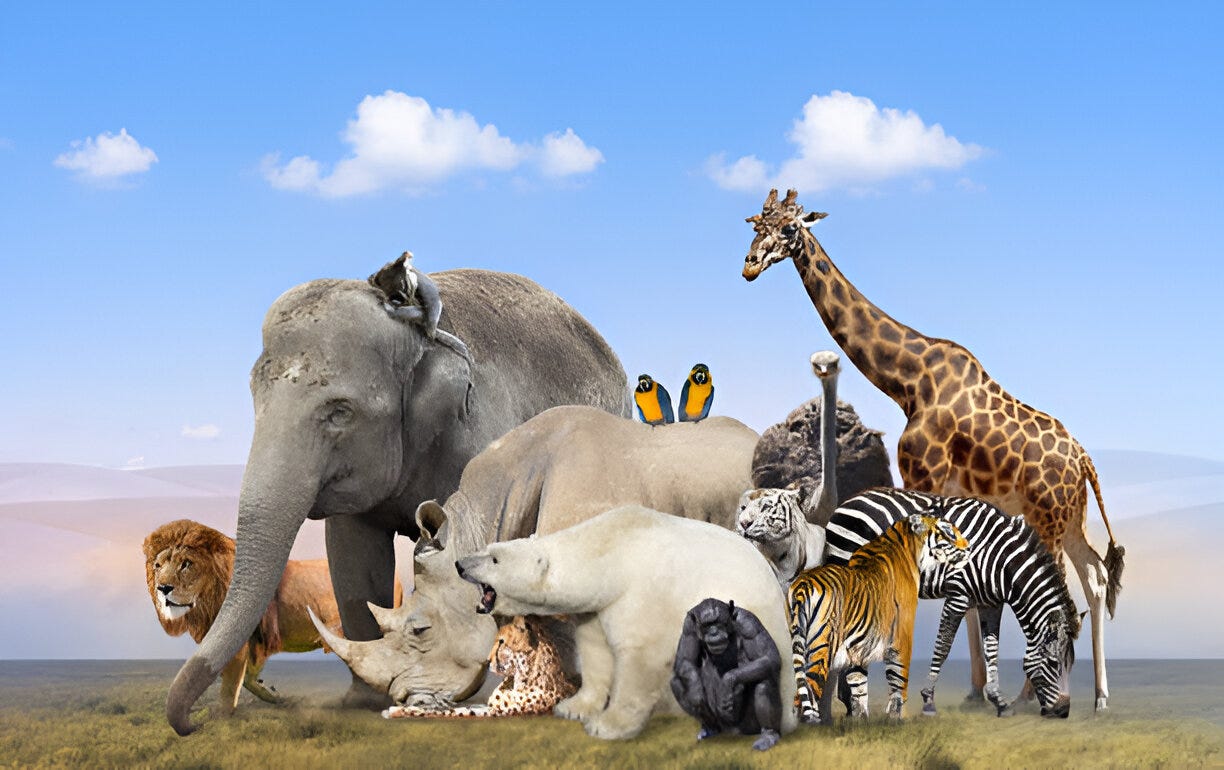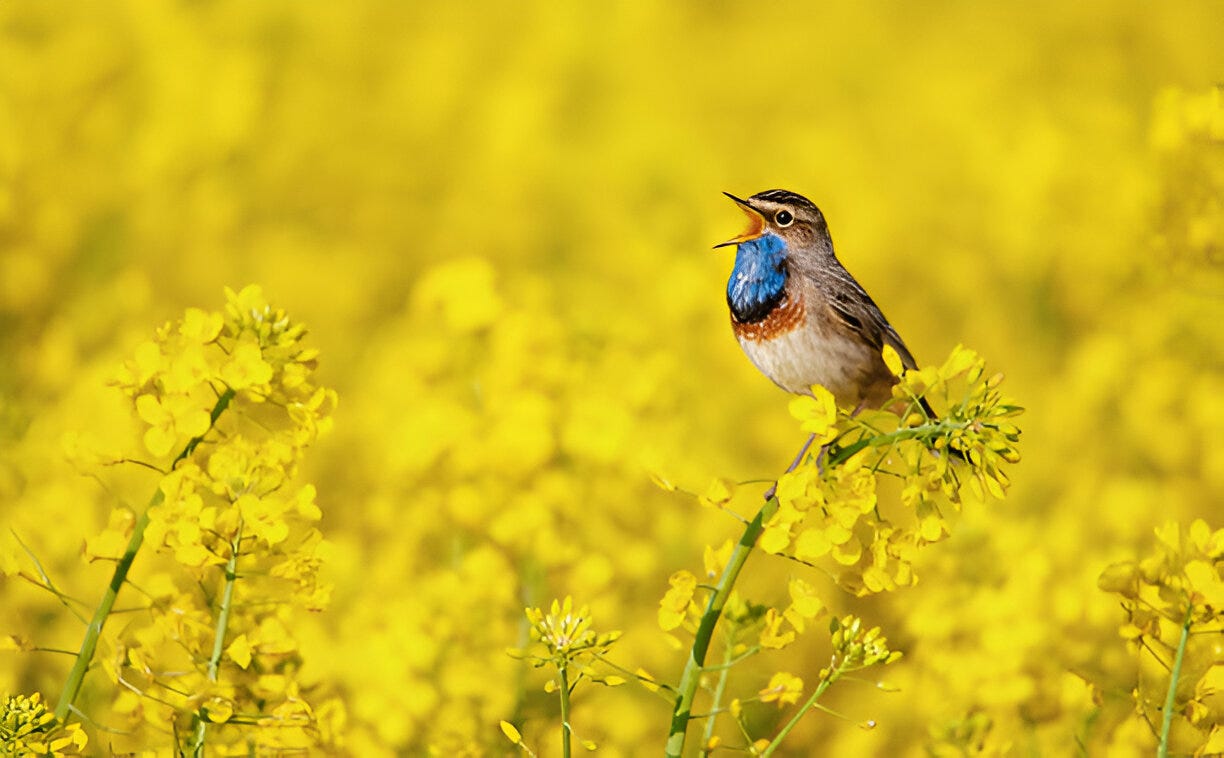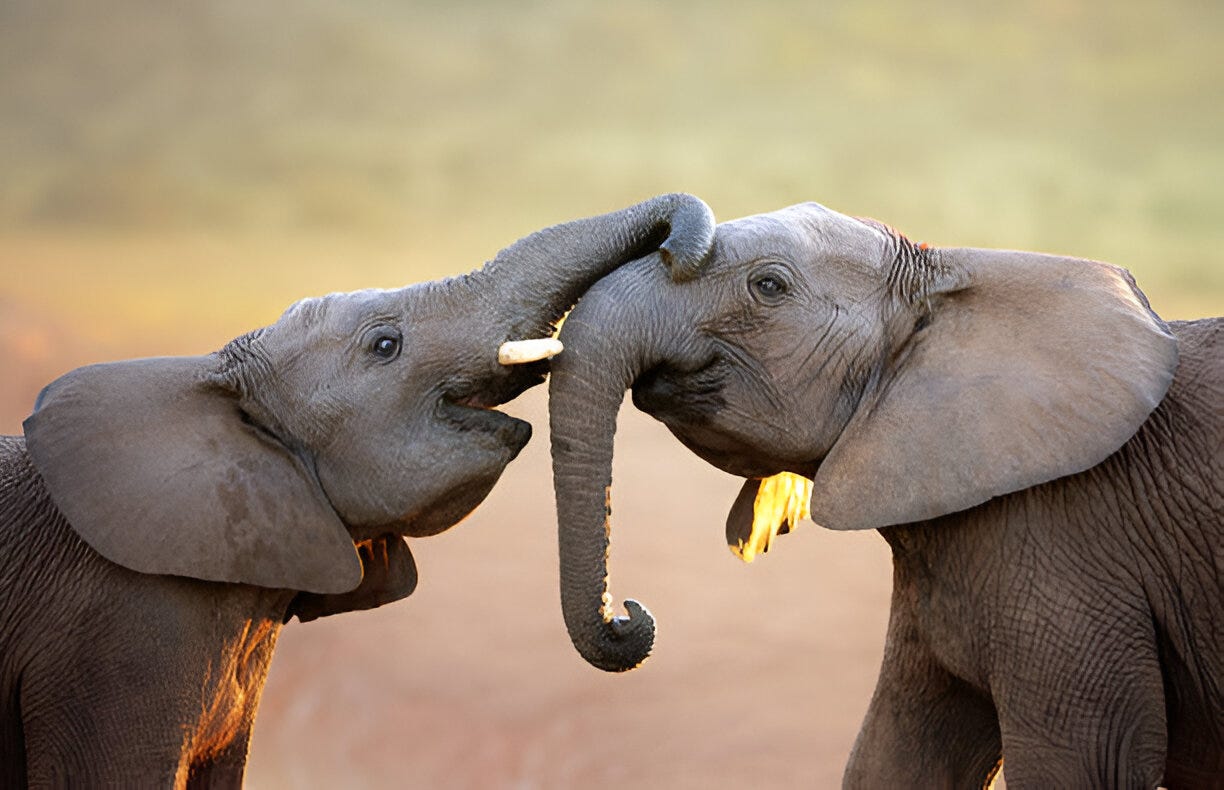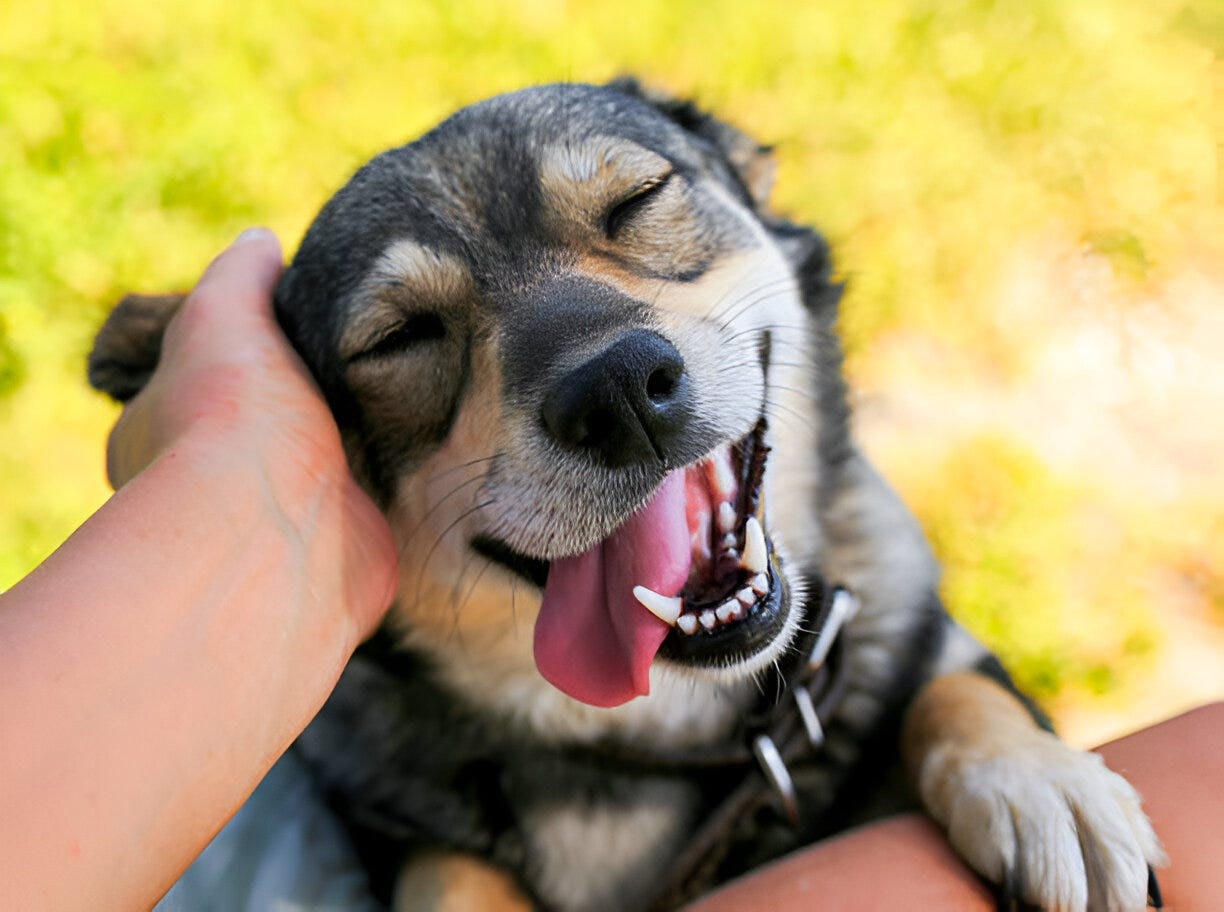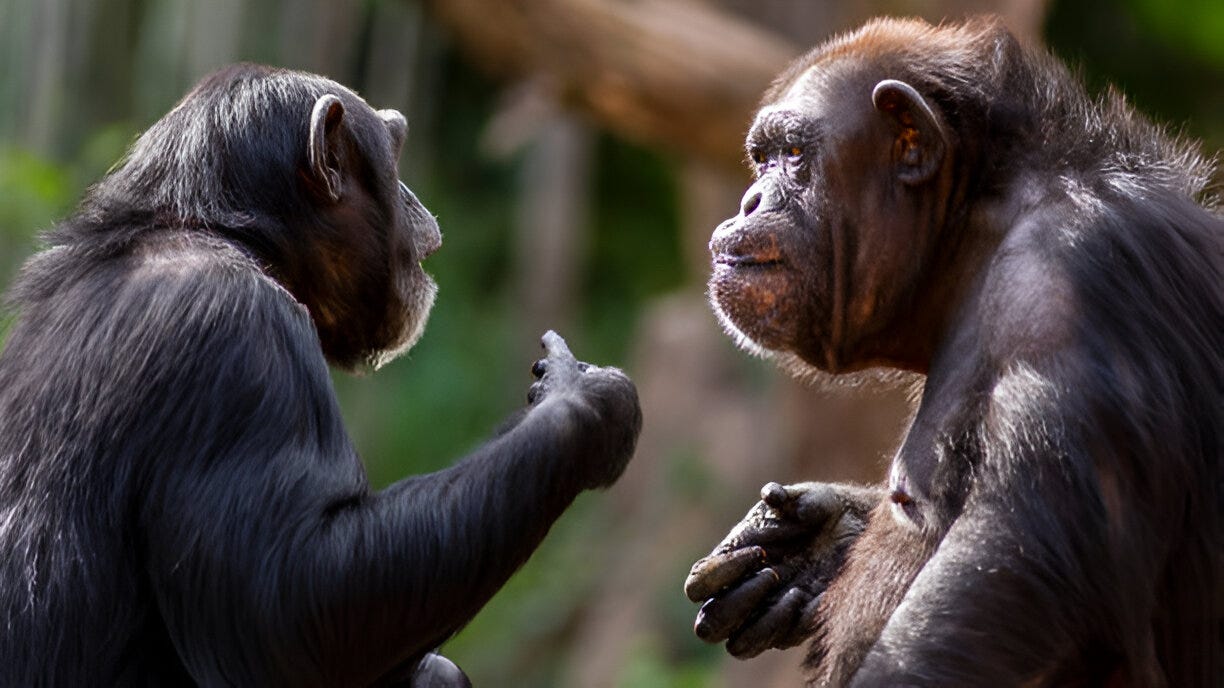The Secret Language of Animals: How Different Species Communicate Without Words
Communication is a fundamental aspect of life, and while humans rely heavily on words and language, animals have developed their own sophisticated systems to interact, convey emotions, warn of danger, and establish social bonds. From subtle gestures to complex sounds, animals communicate in ways that are both fascinating and highly effective. This article explores the secret language of animals, highlighting how different species communicate without words.
1. Communication through Sound: The Call of the Wild
Many animals use vocalizations to express themselves, send warnings, or even communicate over long distances. Each species has a unique method of using sound to its advantage.
Birds: Birds are famous for their songs and calls. These sounds serve various purposes, such as attracting mates, marking territory, or alerting others to potential threats. The intricate melodies of songbirds, for example, are not only a mating call but also a sign of the bird’s health and fitness, with more complex songs often signifying a stronger, more desirable mate.
Dolphins: Dolphins are known for their incredible ability to communicate using a system of clicks, whistles, and body language. Through echolocation, dolphins send out high-pitched clicks and listen for the returning echoes to navigate their environment and find prey. They can also identify individual dolphins through signature whistles, which function like names, allowing them to recognize and call out to one another.
Elephants: Elephants communicate using low-frequency sounds, called infrasound, which can travel over long distances—sometimes as far as 10 kilometers. These sounds are so low-pitched that they are below the range of human hearing, but elephants use them to keep in touch with herd members, coordinate movements, and signal distress or danger.
2. Body Language and Gesture: Silent Signals
For many animals, body language is just as important, if not more so, than sound. From subtle movements to elaborate displays, animals often rely on physical gestures to communicate.
Dogs: Dogs are masters of body language. A wagging tail can signify happiness, but its position and speed also offer clues about the dog’s emotions. A high, stiff wag might indicate excitement or alertness, while a slow, low wag could suggest insecurity or fear. In addition, dogs use eye contact, ear position, and posture to convey messages to both other dogs and humans.
Cats: Cats, too, are highly expressive creatures, often using body language to communicate their moods. A slow blink is a sign of affection, while flattened ears indicate fear or aggression. Their tail movements are particularly telling—a quivering tail shows excitement, while a flicking tail can signal irritation.
Bees: Honeybees use a fascinating form of body language known as the “waggle dance” to communicate the location of food sources to other bees. By moving in a figure-eight pattern and vibrating their bodies, bees can indicate the direction and distance of nectar relative to the sun.
3. Scent Communication: Messages in the Air
Scent plays a significant role in animal communication, allowing creatures to leave lasting signals in their environment. For many species, scent marking is a way to define territory, attract mates, or identify individuals.
Wolves: Wolves use scent to mark their territory, leaving urine and feces at specific spots around the perimeter of their range. These scent marks serve as warning signs to other packs, indicating that the area is occupied and defending it could lead to conflict.
Cats: Domestic cats also use scent to communicate. By rubbing their faces on objects, they deposit pheromones, marking the area as part of their territory. This behavior is known as “bunting,” and it helps cats create a sense of familiarity and comfort in their environment.
Ants: Ants rely heavily on pheromones to communicate within their colonies. When a worker ant finds food, it releases a trail of pheromones that other ants follow to reach the source. These chemical signals are crucial for maintaining the complex social structure of an ant colony.
4. Visual Communication: Color and Display
Some animals rely on visual signals to communicate, using color, pattern, and movement to convey important information.
Peacocks: The elaborate plumage of a male peacock is one of the most striking examples of visual communication in the animal kingdom. By fanning out its vibrant tail feathers, the peacock sends a clear message to potential mates: "I am healthy and strong." This impressive display is not only about beauty but also an indicator of the bird's genetic fitness.
Cuttlefish: Cuttlefish are masters of visual communication, using their ability to change color and texture to convey different messages. They can camouflage themselves to blend in with their surroundings or flash bright colors to ward off predators. During mating rituals, cuttlefish use color changes to communicate with potential mates and rivals.
5. Touch and Vibration: Feeling the Message
For some species, touch and vibrations are the primary methods of communication, offering a more direct and intimate way to share information.
Primates: Primates, such as chimpanzees and gorillas, use touch to build social bonds and show affection. Grooming is a particularly important behavior that strengthens relationships within a group. By carefully picking through each other’s fur, primates not only remove dirt and parasites but also reinforce trust and companionship.
Spiders: Spiders communicate through vibrations on their webs. When a potential mate or prey touches the web, the spider detects the subtle vibrations and responds accordingly. Male spiders often send rhythmic vibrations through the web to signal courtship, differentiating themselves from the vibrations of struggling prey.
Thank you for taking the time to read this article! If you enjoyed the content and would like to stay updated with more insights, feel free to subscribe to our newsletter. Your support helps us continue creating valuable content. Stay connected!





